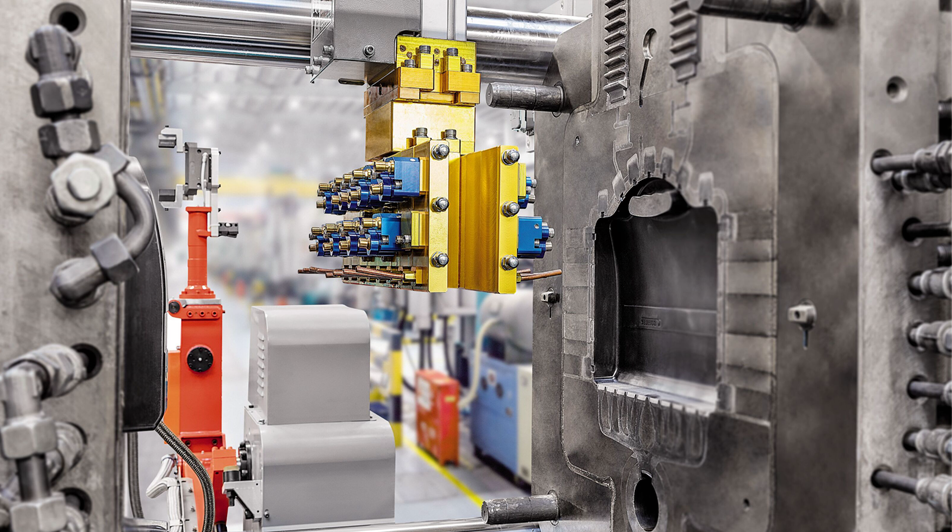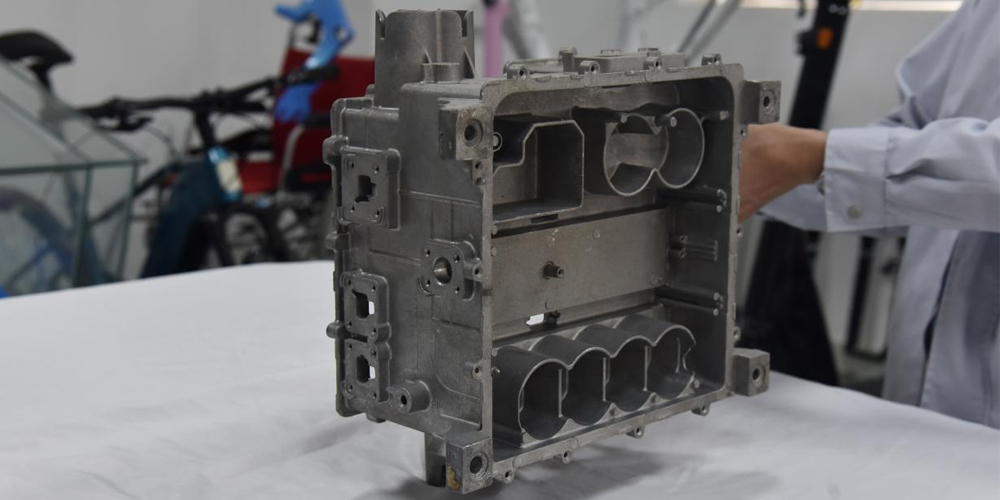소개
Aluminum casting is a widely used manufacturing process that involves melting aluminum and pouring it into a mold to create various parts and components. The process offers numerous advantages, including cost-effectiveness, versatility, and the ability to produce complex shapes. In this comprehensive guide, we will explore the key steps and considerations involved in manufacturing high-quality aluminum casting parts.
Step 1: Designing the Mold
The first step in aluminum casting is to design the mold that will shape the molten aluminum. The mold must be carefully designed to ensure the desired shape and dimensions of the final part. Factors such as draft angles, wall thickness, and gate placement are crucial to ensure proper filling and solidification of the molten metal. Computer-aided design (CAD) software is often used to create and optimize the mold design.
Step 2: Preparing the Mold
Once the mold design is finalized, it is time to prepare the mold for the casting process. The mold is typically made from steel or heat-resistant alloys to withstand the high temperatures involved. Surface preparation techniques like sandblasting or chemical treatments are used to ensure proper adhesion between the mold and the molten aluminum. Additionally, applying a release agent helps facilitate the removal of the solidified part from the mold.
Step 3: Melting the Aluminum
The next step is to melt the aluminum. Aluminum ingots or scrap are loaded into a furnace and heated to the melting point, which is around 660°C (1220°F) for aluminum. To achieve a homogeneous melt, the molten aluminum is stirred or agitated using mechanical devices. Maintaining the proper temperature is crucial to ensure the desired properties of the final casting.
Step 4: Pouring the Molten Aluminum
Once the aluminum is melted and the desired temperature is reached, it is time to pour the molten metal into the mold. Care must be taken to avoid turbulence or splashing during the pouring process, which could result in defects in the finished part. The molten metal is poured through a pouring basin and enters the mold through a gating system consisting of channels and runners.
Step 5: Solidification and Cooling
After the molten aluminum is poured into the mold, it starts to solidify and take the shape of the mold cavity. Proper solidification is crucial to achieve high-quality casting parts. Controlling the cooling rate is important to prevent the formation of defects like shrinkage or porosity. Techniques like controlled cooling or the use of cooling mediums are employed to ensure uniform cooling and minimize residual stresses.

Step 6: Removing the Casting
Once the aluminum has solidified and cooled, the next step is to remove the casting from the mold. This is done carefully to avoid any damage to the part. Various techniques like shaking, vibration, or hydraulic ejection are employed to facilitate the removal process. In some cases, the casting may require additional finishing operations like trimming or machining to achieve the desired final dimensions and surface finish.
Step 7: Quality Control
Quality control is a crucial aspect of manufacturing high-quality aluminum casting parts. Various non-destructive testing methods like X-ray or ultrasound are employed to check for internal defects like voids or cracks. Additionally, dimensional inspections are carried out to ensure the parts meet the specified tolerances. Any defective parts are identified and either repaired or rejected to maintain the quality standards.
결론
Manufacturing high-quality aluminum casting parts requires careful planning, precise execution, and thorough quality control. By following the steps outlined in this comprehensive guide, manufacturers can produce aluminum casting parts that meet the desired specifications and performance requirements. With its cost-effectiveness and versatility, aluminum casting continues to be a sought-after manufacturing process in various industries.

 0086-750-5616188
0086-750-5616188 +86 13392089688
+86 13392089688 sales@zhongmei-tech.com
sales@zhongmei-tech.com













